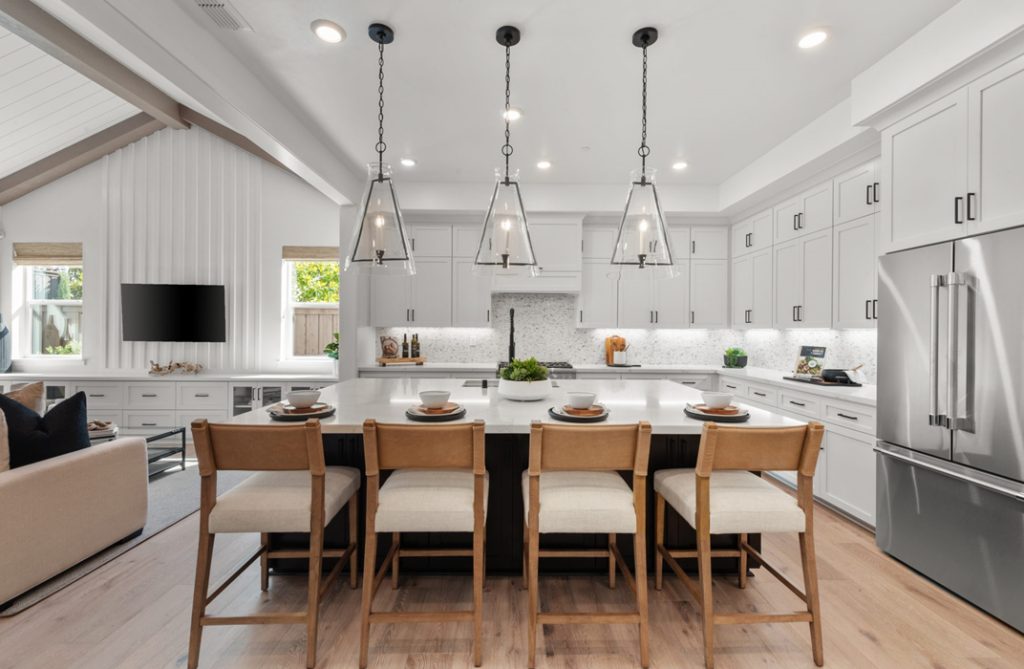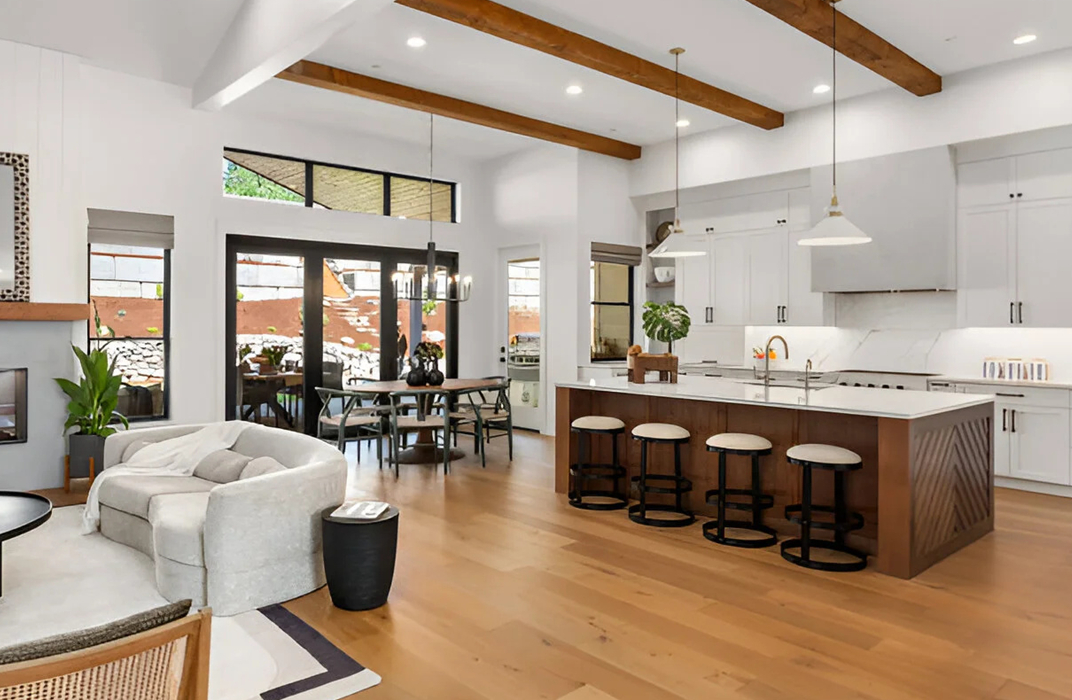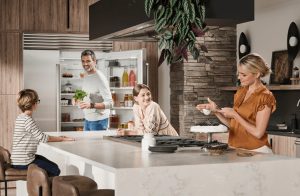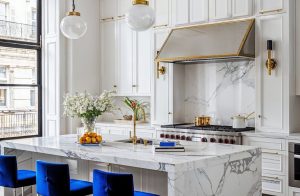How Kitchen Design Enhances Functionality And Aesthetics
The layout of the kitchen plays a crucial role in its functionality. Popular layouts include the U-shape, L-shape, and galley designs, each offering unique advantages. A U-shaped kitchen provides ample counter space and storage, making it ideal for larger families or those who enjoy cooking. An L-shaped layout maximizes corner space and allows for an open flow, perfect for entertaining. Galley kitchens are efficient for cooking, as they keep everything within reach, minimizing movement while preparing meals. Selecting the right layout based on personal needs and available space can significantly impact daily kitchen activities.
Choosing the right materials is key to achieving a stylish and durable kitchen. Countertops made from materials such as quartz, granite, or butcher block can enhance both aesthetics and functionality. Quartz offers a non-porous surface that is easy to maintain, while granite provides a unique natural look. Butcher block countertops add warmth and character, making them popular among home cooks. In addition to countertops, cabinetry materials should also be considered. Solid wood cabinets offer timeless elegance, while laminate options can provide a modern touch at a lower cost. Selecting materials that align with personal style and lifestyle can create a cohesive look throughout the kitchen.
Effective storage solutions are essential for maintaining an organized kitchen. Utilizing vertical space with tall cabinets or open shelving can maximize storage without sacrificing style. Pull-out drawers and organizers can make accessing pots, pans, and utensils easier, reducing clutter on countertops. Incorporating a kitchen island can provide additional storage and workspace, making it a multifunctional feature. Thoughtful storage design can streamline cooking and meal prep, allowing for a more enjoyable kitchen experience.

Lighting is another critical aspect of kitchen design that can dramatically influence the ambiance. A combination of ambient, task, and accent lighting can create a well-lit space that is both functional and inviting. Pendant lights over an island can serve as a focal point while providing essential task lighting. Under-cabinet lighting enhances visibility for food preparation, ensuring that every corner of the kitchen is illuminated. Natural light should also be maximized, as it can make the space feel larger and more welcoming. Incorporating windows or glass doors can bring the outdoors in, creating a bright and airy feel.
Neutral palettes such as whites, grays, and beiges can create a timeless and versatile backdrop, allowing for easy updates with decor and accessories. Bold colors can be used as accents to add personality and flair. For those looking to create a cozy atmosphere, warm tones like soft yellows or earthy greens can evoke a sense of comfort. Balancing colors throughout the space can create a harmonious environment that reflects personal style.
Incorporating technology into kitchen design can enhance convenience and efficiency. Smart appliances can streamline cooking and meal prep, offering features such as remote monitoring and automated cooking settings. Smart thermostats can help maintain optimal temperatures, while smart lighting can adjust based on time of day or activity. Integrating technology can elevate the cooking experience, making it easier to manage tasks and enjoy time spent in the kitchen.
Focusing on these elements can lead to a beautifully designed kitchen that meets both aesthetic and functional needs. By carefully considering layout, materials, storage, lighting, color, and technology, homeowners can create a space that is not only visually appealing but also practical for everyday use. Embracing these design principles can transform any kitchen into a heartwarming hub of activity and creativity.




